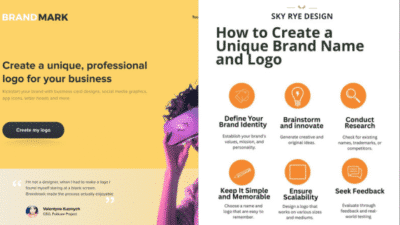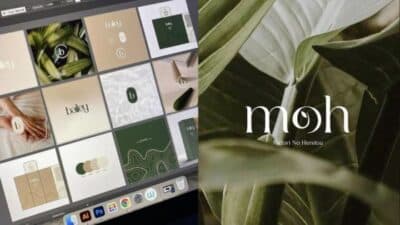Creating a magazine focused on user-generated content, aesthetics, and fashion is a fun way to share style ideas and connect with a community. The key is to blend eye-catching visuals with authentic stories and fashion trends. They can start by selecting a clear theme, gathering content from real people, and designing layouts that highlight both images and personal stories.
A strong look and feel make a magazine stand out, so choosing consistent colors, fonts, and photo styles is important. Using templates or design tools can make this easier, especially when arranging photos and text to create a smooth flow.
With a mix of genuine content and a polished design, anyone can create a magazine that feels fresh and exciting. It’s about bringing together fashion, creativity, and real voices in a way that readers will enjoy and relate to.
Planning Your Magazine
Making a magazine about UGC, aesthetics, and fashion means deciding how it will look, who it will speak to, and what topics it will cover. This starts with picking a clear style, understanding the readers, and setting a schedule to keep content fresh and inspiring.
Choosing Your Unique Aesthetics and Fashion Focus
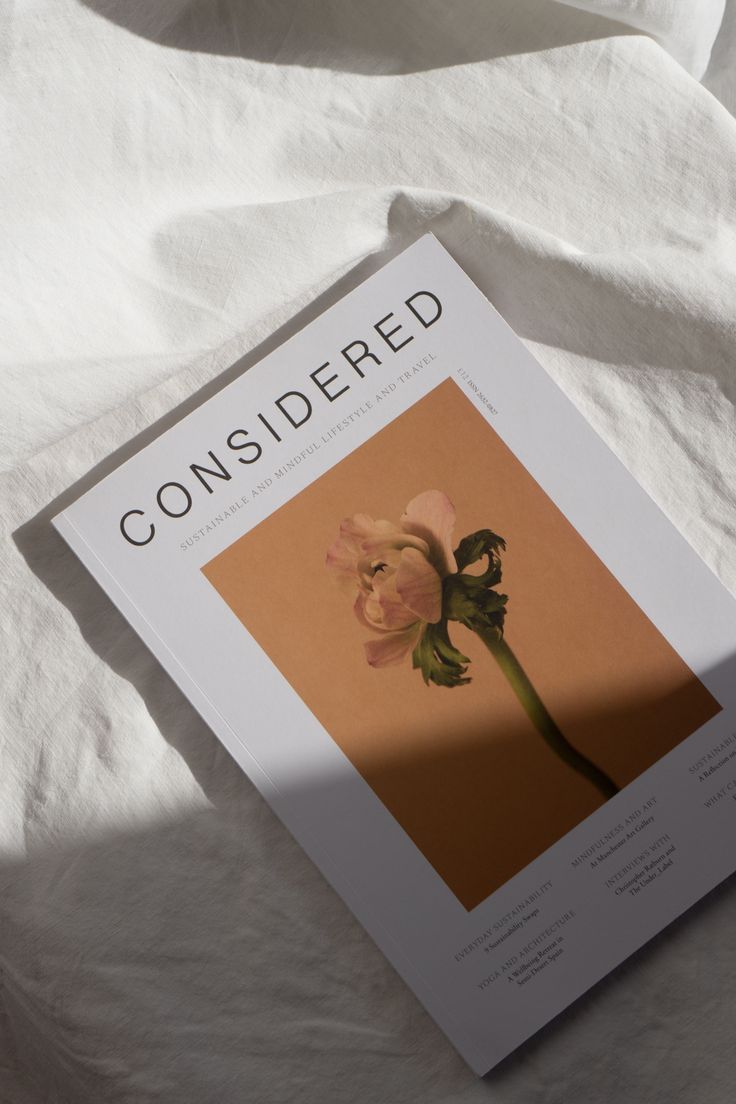
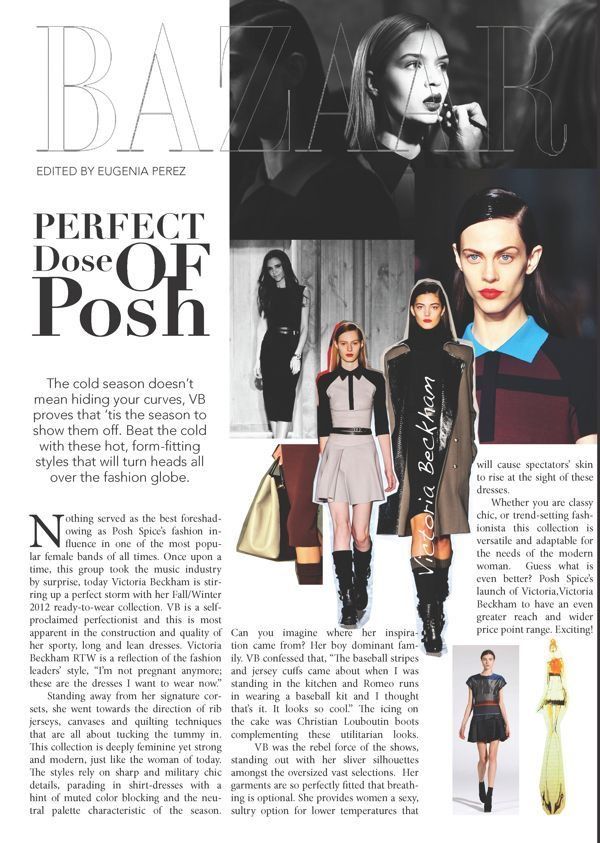
The magazine needs a clear visual style that fits its purpose. The creator should decide if the look is minimal, colorful, vintage, or edgy. This style will guide the choice of fonts, colors, and layouts.
For fashion, they might focus on streetwear, high fashion, sustainable brands, or trends tied to specific communities. This helps the magazine stand out from others.
Using mood boards or inspiration collections can help keep the design consistent. This focus also makes it easier to attract contributors and readers who connect with that specific fashion and aesthetic vibe.
Defining Your Target Audience for UGC Content
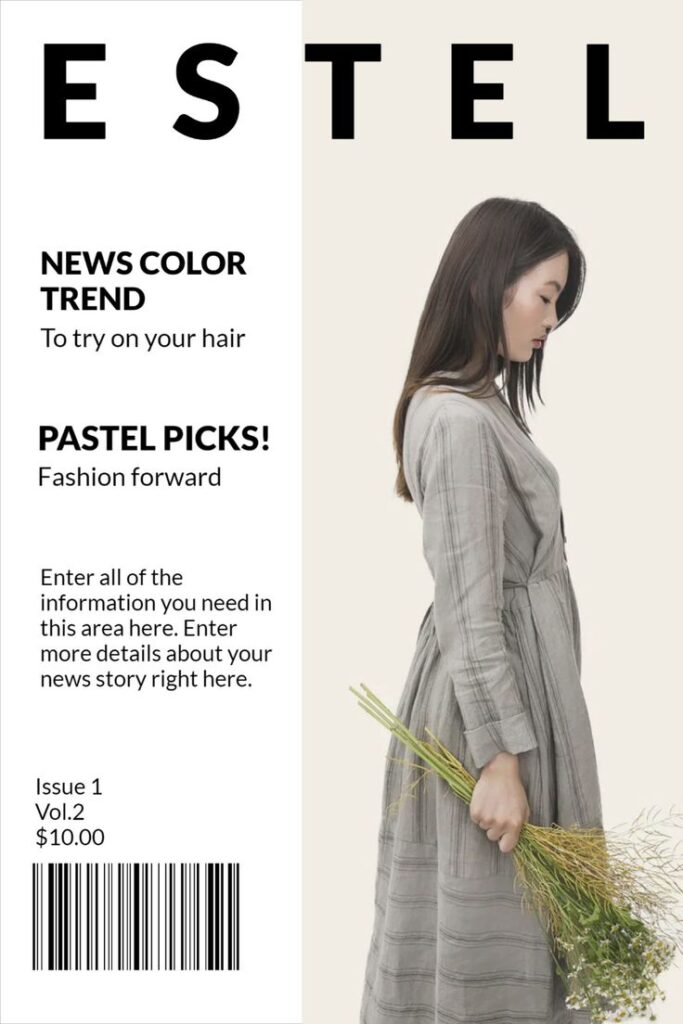
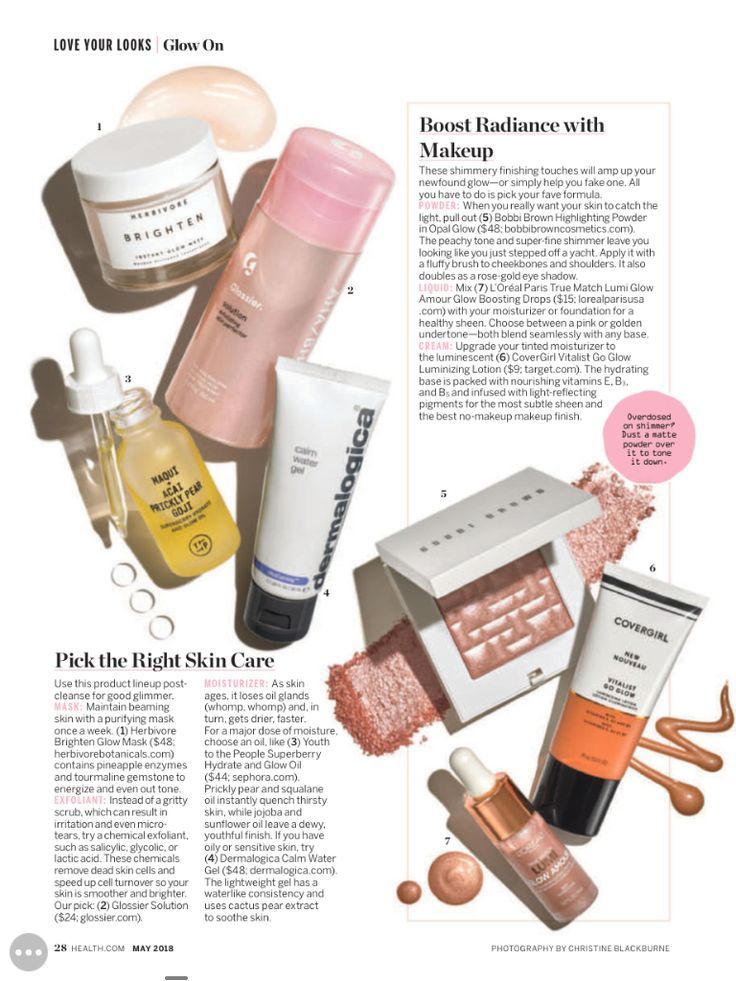
Understanding who the magazine talks to is key. Is it teens into fast fashion? Or adults interested in eco-friendly styles? Knowing this shapes the tone, images, and topics.
When relying on user-generated content (UGC), the magazine must consider what kind of content the audience will share. Photos, stories, or videos should feel natural to them.
Clear guidelines help contributors create content that fits the magazine’s style. Also, it’s important to think about where the audience spends their time online to promote the magazine and encourage participation.
Curating Inspiring Themes and Editorial Calendar


Themes keep each issue focused and exciting. They might choose themes like “Summer Street Style” or “Classic Elegance” that match the aesthetics and target group.
An editorial calendar sets deadlines for articles, photos, and design. This helps the whole team stay on track and release the magazine regularly.
Planning special issues or features in advance also allows time to gather quality UGC and find guest contributors. A clear schedule improves the flow and keeps readers looking forward to each release.
Building and Publishing Your Magazine
Creating a magazine about UGC, aesthetics, or fashion requires clear steps to organize content, design pages, and choose where to publish. Managing contributions, crafting a visually appealing layout, and picking the right digital platform are key parts of this process.
Inviting and Managing UGC Contributions


To fill the magazine with user-generated content (UGC), creators should set clear guidelines. These might include themes, image size, style preferences, and submission deadlines. It helps to provide examples to guide contributors on the type of photos, articles, or designs wanted.
Using a simple submission tool like Google Forms or dedicated apps makes collecting entries easier. Keeping communication open with contributors is important to confirm receipt and provide feedback. Credit all contributors properly to build trust and encourage future participation.
Organizing content early with folders or project management software streamlines the workflow. This prevents missing or misplacing important material as the magazine takes shape.
Designing an Eye-Catching Layout
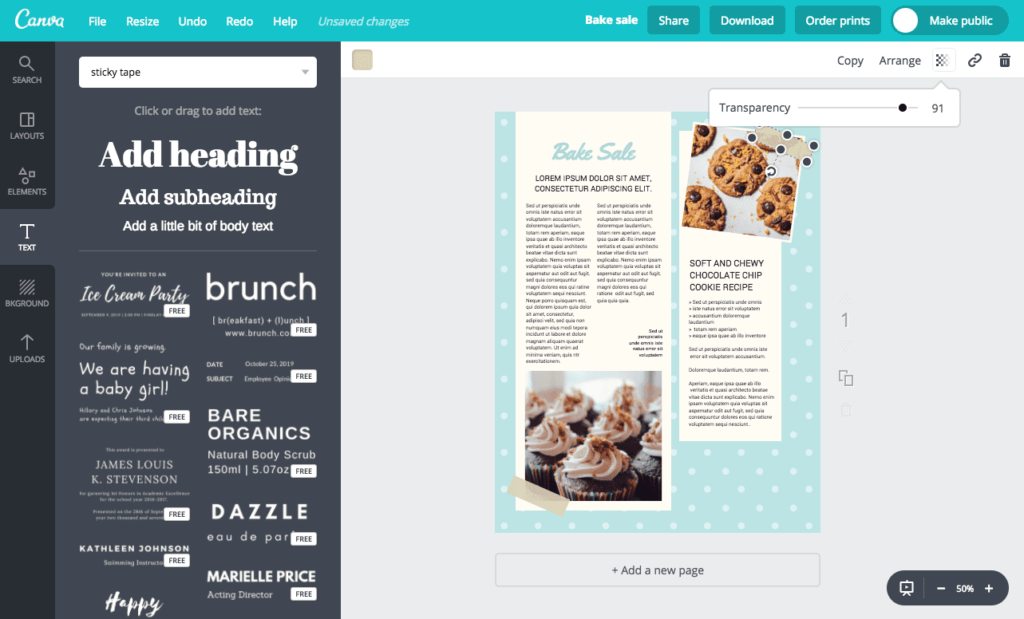
The layout needs to match the magazine’s aesthetic and brand. Clean, consistent fonts and colors help readers focus on the content without distractions. Using white space well improves readability and balances busy images or text.


Designers can use templates from software like Adobe InDesign or online tools like Canva. These tools allow easy drag-and-drop placement of photos, headings, and text blocks. Consistent page margins and alignment give a professional look.
In fashion and aesthetics magazines, high-quality images are essential. Text should complement photos without overcrowding. Balancing bold headlines with simple body text keeps the eye moving smoothly through each page.
Selecting Digital Publishing Platforms

Choosing the right platform depends on the magazine’s goals. For wide distribution, platforms like Issuu, Adobe Express, or Blurb allow easy sharing both as digital editions and printable versions.

Some platforms offer interactive features like clickable links and videos, which can boost engagement. They also provide analytics to track how many people view or download the magazine.
If selling copies is a goal, publishers might select platforms with built-in stores or set up sales on websites. It’s important the platform supports mobile-friendly viewing since many readers access content on phones or tablets.
- 632shares
- Facebook0
- Pinterest632
- Twitter0

